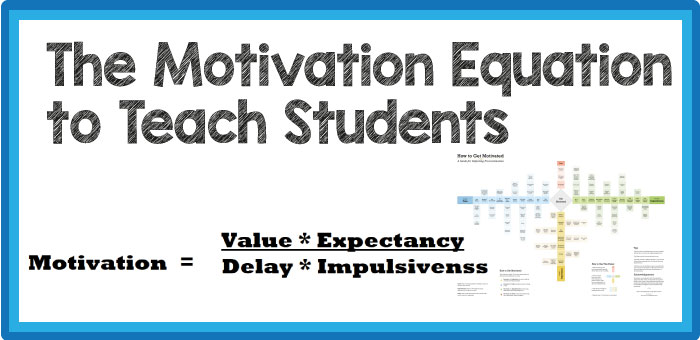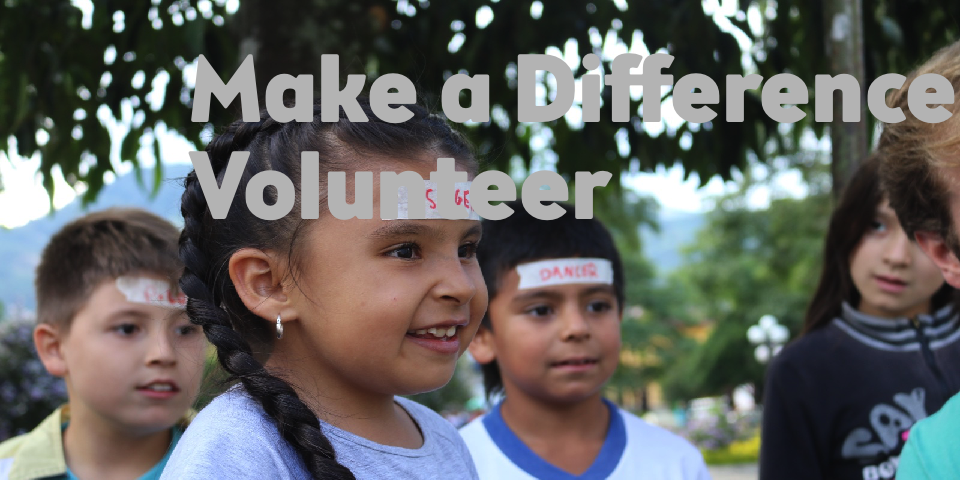
When you give free classes in the park, running into motivational issues is par for the course.
Some kids come once, never again. Others perhaps once a week or so, seemingly just to remind us they still exist. There are those that come to nearly every class – but only about a quarter of it. And of course, the die-hards, that wouldn’t miss the class even when its pouring rain.
And then of course there are additional factors: how do you keep them motivated to stay focused/on task, to stay listening and receptive, to produce (speak, write) when instructed to, to have No Fear, Jump High, and Build Confidence, and to uphold the Explorers Values and Explorers Promise both in class and outside of it?
The ACA Explorers Program and Passport, so far, has been a smashing success, but you couldn’t just hand one of those to any old kid and expect them to do a 180 overnight.
What else do we need to know about motivation in order to run and improve the teaching/learning experience?
As we’ve discussed several times recently, motivation is a key facet to any educational undertaking. We discussed mostly how ACA is using external motivation backed by a core of values so as to foster internal motivation over the course of time.
Internal Motivation – Intrinsic and Integrative
This kind of internal motivation is being taught from the get go, focusing on values like Curiosity and Love of Learning with the first stage of The Scholar.
We even promote a kind of ‘integrative motivation’, which in terms of language acquisition, concerns itself with bridging cultural gaps and cultural integration: the student’s desire to integrate (to learn more about, to experience for themselves from within) into a new culture propels them to learn English.
Many of them already have this desire to travel, and we promote positive feedback with occasional phrases like “Well look who is a Gringo now?”
Motivation – Only External and Internal?
While plenty of studies point at the long-lasting nature of having intrinsic (internal) versus extrinsic (external) motivation, such dichotomies may be overly simplistic so as to accurately reflect the entirety of the human decision-making process.
The ACA Explorers Passport has basically guaranteed attendance, improved student behavior and classroom environment, and allowed us to make a lot more challenging demands on the students. Now plenty of kids are asking when they can get Explorers Passports too.
If you get the results you want, then that is all that should matter. Whatever works, works. Motivation is a means to an end
As the old Buddhist/Gandhi-esque adage goes, there are many paths up the mountain.
But that doesn’t mean there aren’t any commonalities at all about summiting.
Internal, external. Intrinsic, extrinsic. Integrative, utilitarian. Is this type of binary thinking really the way to frame motivation?
The New Model – The Motivation Equation
Current research into procrastination and motivation has given us a bit more rounded-out view, in contrast to the former binary internal and external only model.
Motivation describes a state where our emotions are in tune with our goal.
The more we value the goal… (Value)
The more likely we see it as possible… (Expectancy)
The less distracted we get…(Impulsiveness)
The less time we have to wait to see the realization the goal…(Delay)
This can all be nicely summed up in a simple to understand equation:

Alex Vermeer has made a fantastic, poster-sized image available with lists of different activities for each of the four facets of the motivation equation: 
Motivation – Specific Language Learning Considerations
While these specific activities are written so as to appeal to learners, especially self-learners without a lot of accountability (those especially vulnerable to motivation/procrastination issues), it can also easily be used by teachers trying to motivate their students.
Increase Expectancy, Decrease Delay
In teaching a language, we need to relax on the Delay aspect immediately. The Delay for any kind of real speaking ability is large.
It’s like going to the gym. If you start going thinking that in a month’s time you will be satisfied, you either have low expectations or aren’t very realistic.
The same goes for Expectancy, but this can be tackled by taking larger goals and breaking them into smaller chunks/parts so that you increase how possible it seems (increase Expectancy) as well as decrease Delay.
Small goals could be things like to be able to speak (after having practiced) for one minute, to respond (with good pronunciation) to a natural, but constrained, conversation, etc.
Increase Value, Decrease Impulsiveness
Increasing value is easy.
Acquire a language learning exchange partner.
Find and use a state of flow.
Create and sustain an atmosphere of friendly competition.
Find meaning and passion and express its values in each activity.
Decreasing impulsiveness is really dependent on the learning environment. There are some useful strategies to be learned that can help (timeboxing, creating routines and habits) but most of the elements are more concerned with eliminating destructive and negative learning environments both physical and mental.
In the follow-up post, we will discuss Motivation and the Learning Environment, what Krashen calls the Affective Filter, finishing Krashen’s Input Model.


Pingback: Motivation to Learn and the Affective Filter